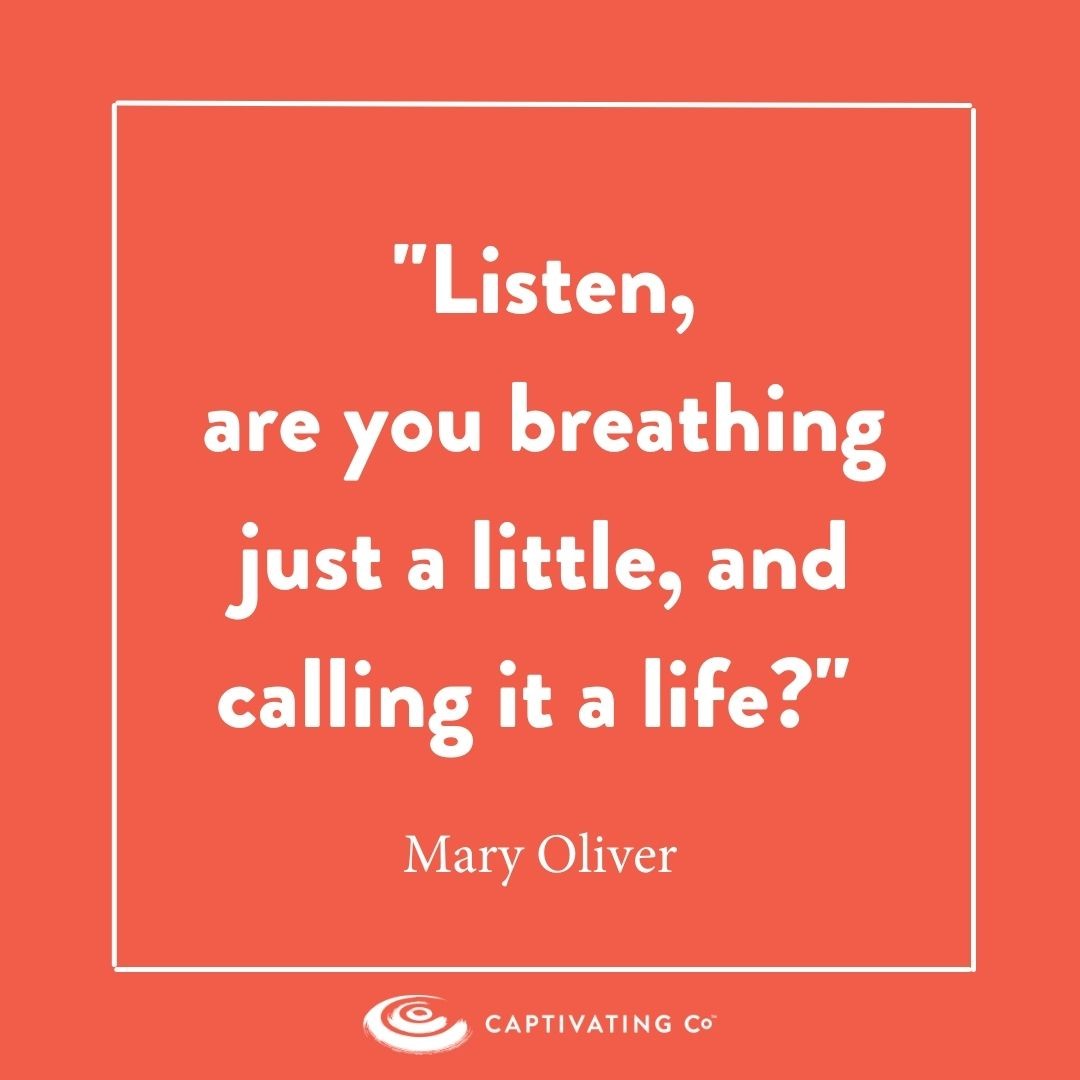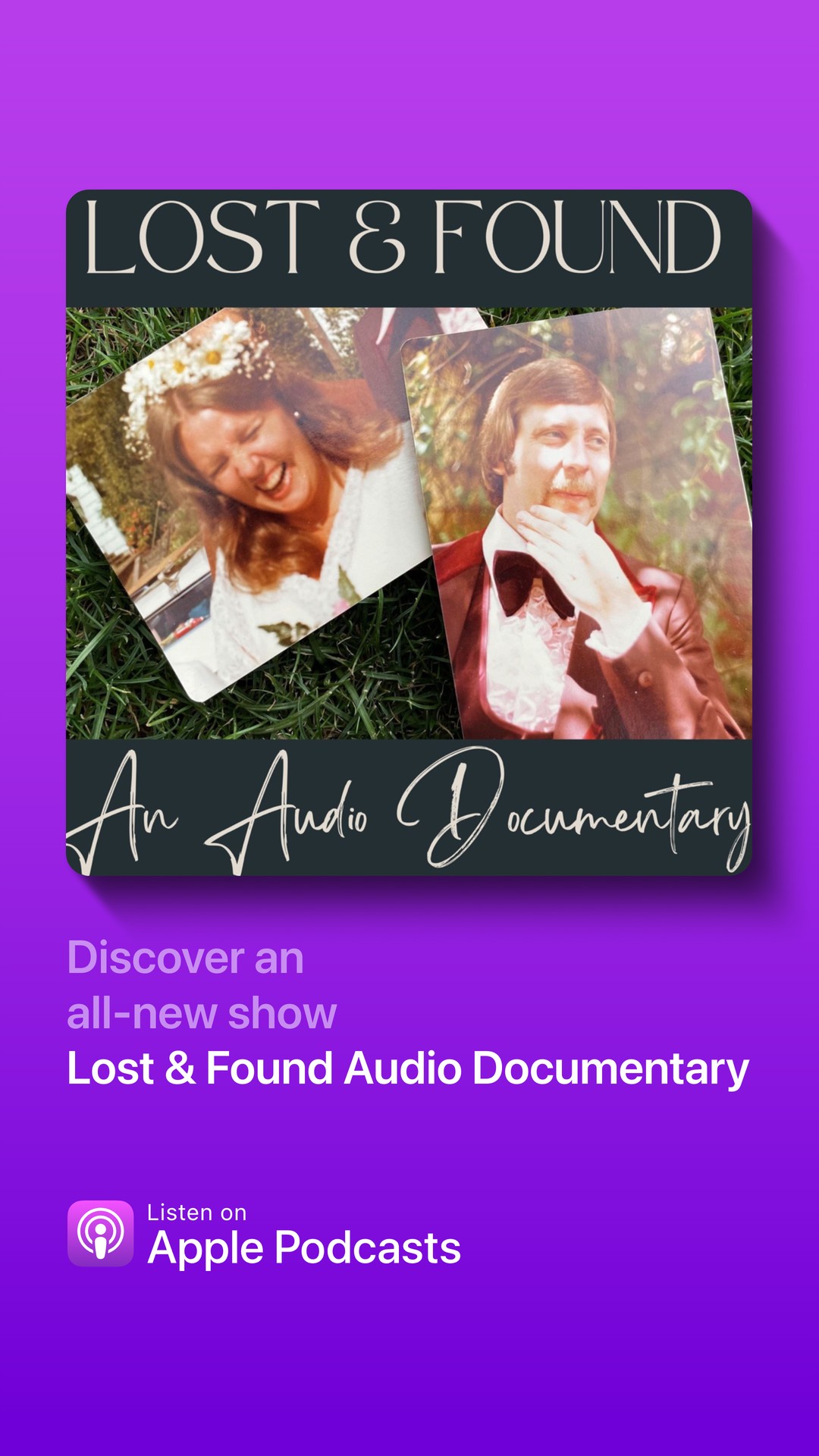We caught up with the brilliant and insightful Cat Coffrin a few weeks ago and have shared our conversation below.
Cat, thanks for taking the time to share your stories with us today We’d love to hear from you about what you think Corporate America gets wrong in your industry and why it matters.
Our corporate world favors conformity, loyalty, and busyness. As people – women, and those who identify as such, especially – rise up the ranks in their careers, they are expected to fall into line and adopt their company identity as their own. And with a growing focus on culture, values, and purpose, there is a darker trend emerging.
I think of it as the loyalty paradox, and it especially impacts women leaders. Companies expect employees to care so deeply about their work that they put the company’s purpose over their own needs. Women leaders, well known and documented for being especially gifted at promoting and conveying purpose in the workplace, are especially prone to falling into this trap. We give ourselves over completely, and feel shocked when we are laid off, pushed out, or treated like exactly what we are – transactional employees.
In the end, we are told to be humble, keep our heads down, not stand out too much, and put everyone else’s needs over our own. Ultimately, this leaves us feeling disconnected from who we are at a moment when we should be most ready to double down on what we want and making an impact. I work with executives every day who face a mid- to late-career identity crisis as a result, and it can be painful and deflating.

Awesome – so before we get into the rest of our questions, can you briefly introduce yourself to our readers.
I am a speaker, coach, consultant, and writer. My main focus is to help women executives reclaim their identity and find the words to describe their value, so they can believe in themselves again and make a greater impact in the future.
I do this through a proven framework that leads people through a process of personal exploration and insights-gathering. The result is a personal brand strategy that helps clients drive confidence, attract opportunities that feel meaningful and exciting, and grow their voice in order to help others succeed as well.
I spent 15 years climbing the corporate ladder in Washington, DC. I worked in everything from international development and public health policy to global construction and the green building movement. I led thought leadership strategies for manufacturing firms and wrote market research reports for architects. I later joined a young, socially-conscious marketing firm, and spent a decade growing our global footprint, our DC office, and our insights and strategy division. It was there that I honed my ability to build data-driven brand strategies for all kinds of companies and nonprofit organizations, and that I became a managing director with growth goals and revenue responsibilities. I traveled around the world, had the chance to work with B Corps and other purpose-driven companies, and absolutely loved my colleagues and clients.
After I had two children, and lost my father to alcoholism, I started to feel stretched and stuck. The career I’d built was no longer serving me, but I had no idea how to even begin to consider other paths or options for myself. It was then that I started to take the brand strategy tools I used for defining company identities and turned them on myself. The process was uncomfortable, even a little painful, but it was profound and empowering. I ultimately left my firm and went out on my own with the goal of building brand strategies for companies I admired and leaders who felt the same way I did. The rest is history.

What’s a lesson you had to unlearn and what’s the backstory?
I think there is a lot of unlearning as we move further into our lives and our careers. One of the biggest themes for me lately has been this idea of impatience as a virtue.
I remember when I was a manager, I took a Strengthfinder test and discovered that my top strength is “activation.” What this really meant was that I have a huge bias for action. This is grounded partly in my upbringing. With divorced parents and a single working mother, I learned early on that I would have to build the life I want and create opportunities for myself, and there was no point in waiting around for the perfect moment to do something.
In college, this led me to 9 different jobs and internships in Washington, DC, and a tendency to move fast and furious through everything I did. As an employee, I wanted to take every idea and put it into action immediately. I got frustrated by my slower, more considerate colleagues. I hated being slowed down.
This trait served me, until it didn’t. Like many of us, I one day hit a wall. It happened after my mother passed away, in 2022. I was in such shock after she died that I couldn’t even cry. It took me months of therapy, of reduced workload, of long walks in the woods and slow afternoons sitting still, to come out of my survival mode and back into myself. I learned the art of going slowly, which I had never done before. I learned patience, instead of impatience, with things around me and with myself.
And I learned that the most magical opportunities and incredible ideas emerge slowly, sometimes, and take time to recognize. I work every day to keep this mindset front and center, so I don’t miss anything important life has to reveal in the future, however slowly it may be.

We’d love to hear the story of how you built up your social media audience?
My ideal client profile is successful women who are at a crossroads of some sort in their lives and careers. So, the best place for me to build my business is on LinkedIn, where these women spend a lot of time looking for community, inspiration, and support.
Building my following has been slow, but fun, and filled with trial and error. But today I have a community of people there who regularly lead to referrals and opportunities, and I can trace approximately 30% of my revenue opportunities directly to LinkedIn activity.
A few of the key lessons I’ve learned along the way are:
1. As with most things in life, LinkedIn is about quality over quantity. It’s easy to get into the mindset of counting likes, impressions, and followers. But over time if you are disciplined about staying true to your voice and focusing on your ideal customer audience, you will build a deep and rich network that is far more likely to serve your needs than a giant base of all the wrong people.
2. Get over the humility, already. I work in personal brands with extraordinary and accomplished women. To a person, every one of them tells me that they feel uncomfortable posting and talking about themselves and what they think. And to a person, I tell them “welcome to the club. We all struggle with that because it’s been groomed into us!” So, rip off the band-aid and get your voice out there!
3. Don’t be too precious about it. Women, especially. tend to be perfectionists. LinkedIn is not a place for perfection, it’s a place for thoughtful experimentation. I typically advise my clients to pick 3 core themes around which to plan their content – some closer to their professional expertise and some closer to personal passions and interests. It’s important to have a blend because it is, at its core, a social network. Some of my best performing posts have nothing to do with business, but they let people connect with who I am, authentically, and that always pays off in dividends.

Contact Info:
- Website: www.captivatingco.com
- Linkedin: linkedin.com/in/catlino
- Other: Podcast: www.lostandfoundaudiodoc.com
Image Credits
Speaker shot: Courtesy of the National Association of Manufacturers


